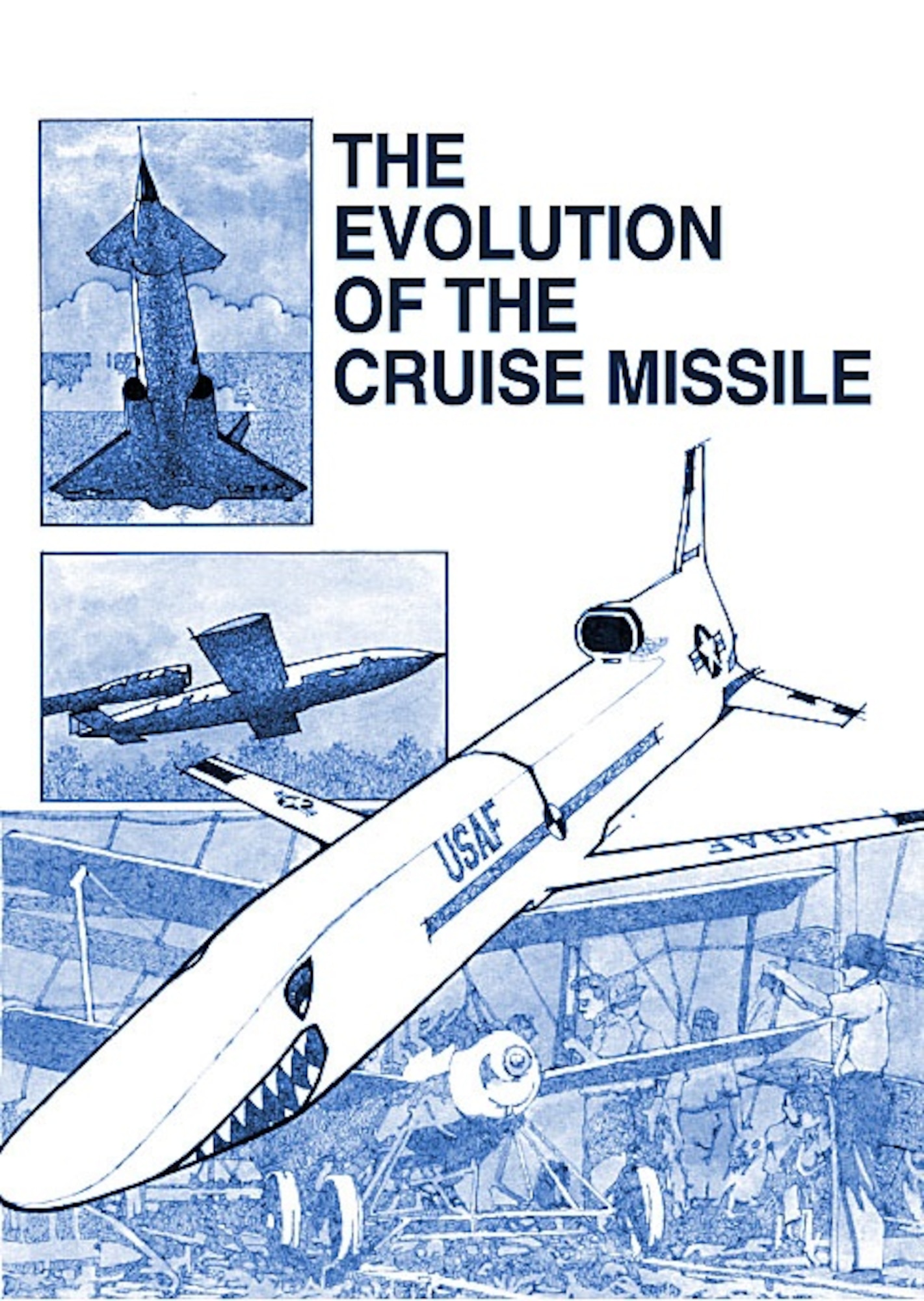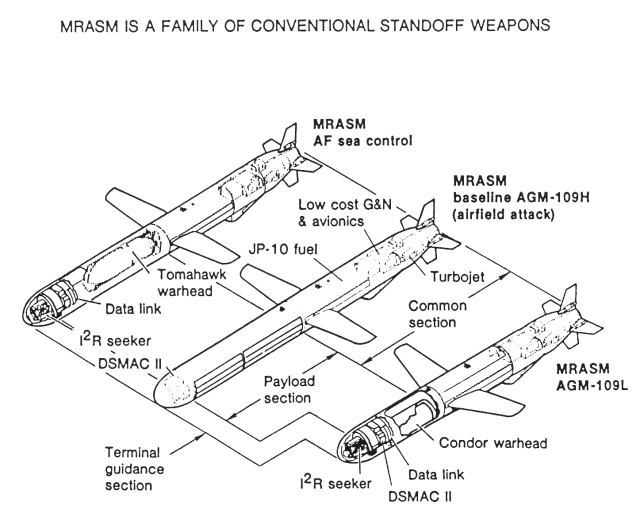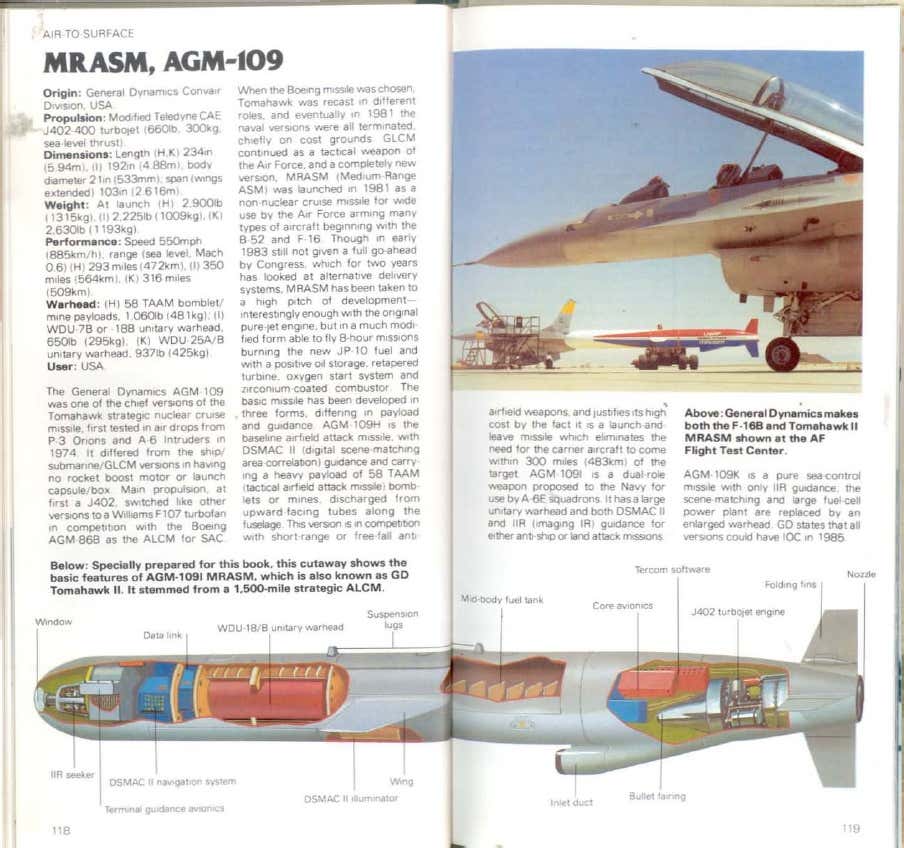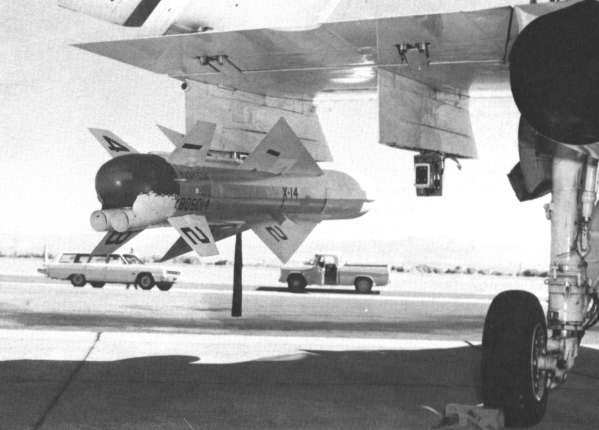As a young kid, I saw the photograph of a A-6 carrying a Tomahawk, and was wondering how can it ever fit.... When I grew older and with access to the Internet, I finally realised it was a shortened version (MRASM) .....
I would recommend reading this book for background on cruise missiles :

I would recommend reading this book for background on cruise missiles :
The Evolution of the Cruise Missile
Although among the newest of US weapons, the cruise missile possesses a rich conceptual and technological heritage. The author addresses this heritage and the importance of understanding it when we
www.airuniversity.af.edu





